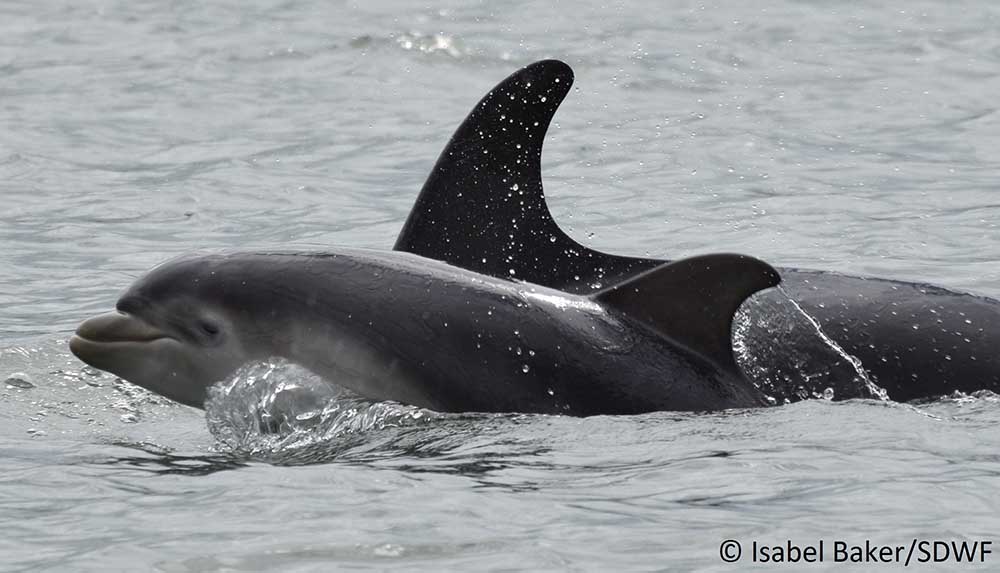
Bottlenose dolphins living in the Shannon Estuary are the least contaminated in Europe however levels are still above the toxic threshold thought to impact on their health and reproduction.
A newly published study explored levels and trends in organochlorine residues in a number of populations throughout Europe including bottlenose dolphins and killer whales in Ireland.
Biopsy samples from 8 dolphins resident in the Shannon estuary were included in the study, which is the largest study of persistent pollutants in dolphins in the world.
The results showed that although many of the most toxic organochlorines are no longer produced, concentrations in a range of species and populations throughout Europe are so high to impair reproduction and in some cases could lead to the extinction of these populations.
Dr Simon Berrow, Project Manager with Clare based Shannon Dolphin and Wildlife Foundation said: “Its quite shocking. Pollution concerns have decreased in recent years as many of these chemicals are no longer produced and other issues such as climate change, fishing and acoustic trauma have become greater conservation issues in Europe for dolphins and other marine mammals.
However, this study shows the threat pollution poses to our coastal species has not gone away and indeed is far greater than we expected,” he said.
Dr Berrow is also a lecturer in Applied Freshwater and Marine Biology at the Galway-Mayo Institute of Technology and also a one of the co-authors in the study.
He added: “Organochlorines such as poly-chlorinated biphenyls (PCBs) were manufactured from the 1920s, but were banned in the UK in 1981 and in the rest of the EU in 1987. However less than 10% of the total PCBs manufactured have entered the marine environment so it is imperative we prevent more entering through for example leakages from landfill and re-suspension during dredging.
Once these persistent pollutants have entered the marine environment, there is practically nothing that can be done to remove them. We are creating a toxic time bomb!” Dr Berrow said.
“The number of calves born in the estuary each year ranges from 6 to 10 which we feel is quite healthy but how many would be born if levels of persistent pollutants were below the toxic threshold? I guess we will never know,” Dr Berrow added.

Dr Berrow added: “We provided samples from bottlenose dolphins in the Shannon Estuary to this study and although we are pleased that concentrations in the Shannon dolphins were the lowest in Europe, the levels were still well above the toxicity threshold which leads to serious impacts.”
“Tissue samples from a killer whale stranded in Cork were also analysed and levels in this individual were some of the highest concentrations recorded anywhere for this species in this study,” he said.
Study lead author Dr Paul Jepson, a wildlife veterinarian at Zoological Society of London, said: “Our findings show that, despite the ban and initial decline in environmental contamination, PCBs still persist at dangerously high levels in European dolphins probably the highest in the world right now, by some way.”
“It is essential that the threat persistent pollutants such as these organochlorines is taken seriously and all efforts are taken to ensure none enter the marine environment,” Dr Jepson added.